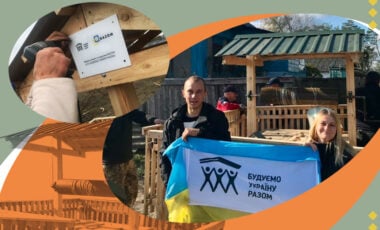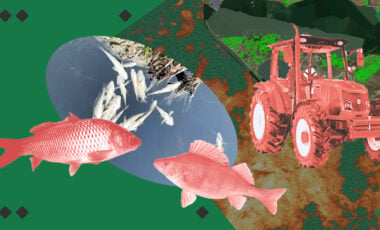World's first deaths caused by water blooms and the Dnieper's overgrowing in Ukraine
Floating islands, chlorella, and control of agricultural enterprises: how the world fights blue-green algae and why we shouldn't forget about water bodies blooming even after beach season

Ukrainian woman's dog turned green after swimming in the Dnieper/Photo facebook.com/rusalka1986
Water blooming is a natural process that occurs annually. However, due to people's careless attitude to natural resources, the problem becomes critical and leads to disastrous consequences. One is the death of a family bathing in a pond in Yosemite Park. The police are considering many versions, but one of them is the most impressive. This is an unprecedented case of death from algal blooms.
These algae are called blue-green. They look like a thin film on the water surface and are very small in size. Blue-green algae aren't infectious agents and don't reproduce in humans. But according to the WHO, they're associated with diseases in different parts of the world, including North and South America, Africa, Australia, Europe, Scandinavia, and China. Cyanobacterial toxins in lakes and ponds in different parts of the world cause poisoning in animals and humans. According to the effect on the human body, cyanobacterial toxins are divided into hepatotoxins (affecting the liver) and neurotoxins (affecting the nervous system). Cyanobacteria of the species Cylindroapermopsis raciborski can produce toxic alkaloids that cause gastrointestinal symptoms or kidney disease in humans.
This publication is available in Ukrainian and Russian. The English translation hasn’t been produced yet. Support us to make the translation faster - follow the link for instructions



















































